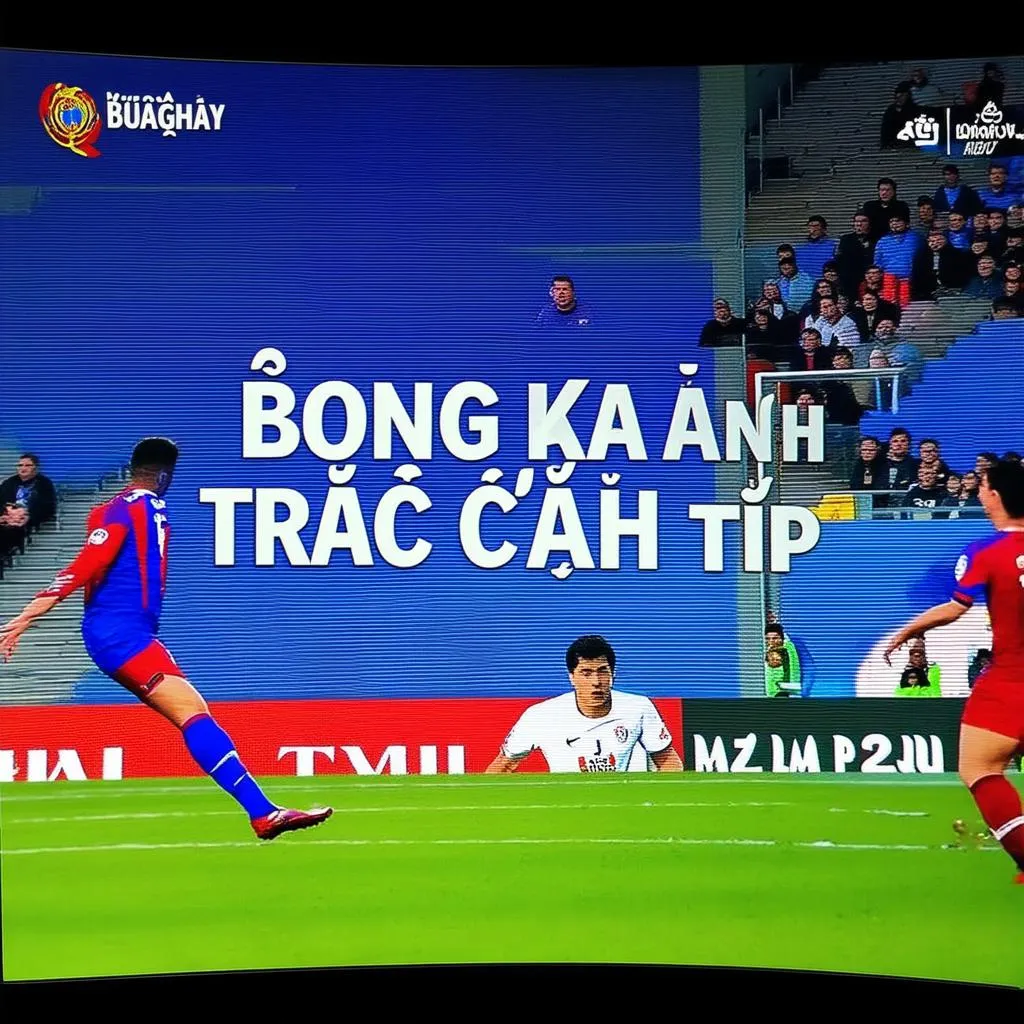Do cup phones actually work? We’ve all seen it in movies: two cups connected by a taut string, whispering secrets across the distance. But does this childhood classic hold up in reality? The simple answer is: yes, they do! This seemingly magical communication device relies on a fundamental principle of physics: the transmission of sound waves.
The Science Behind the Sound: How Do Cup Phones Work?
Cup phones transmit sound by converting sound waves into vibrations that travel along the string. When you speak into the cup, your voice creates sound waves that cause the bottom of the cup to vibrate. These vibrations are transferred to the string, traveling along its length until they reach the other cup. The bottom of the receiving cup then vibrates, converting these vibrations back into sound waves that the other person can hear.
Why a Taut String is Key
The tautness of the string is crucial for the cup phone to work effectively. A loose string will not transmit the vibrations efficiently, resulting in muffled or inaudible sound. The tension in the string allows the vibrations to travel quickly and clearly. Think of it like a tightrope walker: a taut rope allows for balance and controlled movement, while a loose rope would make it impossible to walk.
Building Your Own Cup Phone: A Step-by-Step Guide
Want to experience the magic of cup phones firsthand? Here’s how you can build your own:
- Gather your materials: You’ll need two cups (paper or plastic), a long piece of string (kite string or fishing line work well), and a sharp object to make a small hole in the bottom of each cup (a pushpin or needle will do).
- Prepare the cups: Carefully pierce a small hole in the center of the bottom of each cup. Make sure the hole is just big enough for the string to pass through.
- Thread the string: Thread one end of the string through the hole in one of the cups.
- Secure the string: Tie a knot at the end of the string inside the cup to prevent it from slipping back out.
- Repeat: Repeat steps 3 and 4 with the other cup and the other end of the string.
- Test it out: Pull the string taut and have one person speak into one cup while the other person listens at the other end.
Beyond the Basics: Factors Affecting Sound Transmission
Several factors can affect how well your cup phone transmits sound:
- String material: Different materials transmit vibrations differently. Experiment with different types of string to see which works best.
- String length: The longer the string, the weaker the signal will become. Shorter strings generally provide clearer sound.
- Cup material: The material of the cups can also impact sound quality. Try different cup materials to see which produces the best results.
- Environmental noise: Background noise can interfere with the sound transmission. A quieter environment will allow for clearer communication.
“The beauty of the cup phone lies in its simplicity,” says Dr. Sophie Nguyen, a physics professor at Hanoi University of Science and Technology. “It demonstrates a fundamental principle of acoustics in a way that’s accessible and engaging for all ages.”
Conclusion: Do Cup Phones Work? Absolutely!
So, do cup phones actually work? The answer is a resounding yes. While they may not replace your smartphone, they provide a fascinating and educational glimpse into the world of sound waves and vibrations. Building and experimenting with cup phones is a fun and engaging activity for all ages, proving that sometimes, the simplest things can be the most rewarding.
FAQ
- Can I use any type of string for a cup phone? While any type of string can technically be used, a taut, non-elastic string like kite string or fishing line works best.
- How far apart can the cups be for the cup phone to work? The distance depends on the string material and tension. Generally, shorter distances produce clearer sound.
- Why is the string tension important? A taut string allows the vibrations to travel more efficiently, resulting in clearer sound.
- Can I use different types of cups? Yes, experimenting with different cup materials can impact the sound quality.
- Why is it difficult to hear sometimes? Background noise, loose string, or holes in the cups can interfere with sound transmission.
Troubleshooting Common Cup Phone Issues
- Muffled sound: Check the string tension and ensure the string is taut. Also, check for any holes in the cups.
- No sound: Make sure the string is securely tied to both cups and that there are no knots or tangles in the string.
- Static or crackling: This can be caused by friction between the string and the cups. Try using a smoother string or lubricating the string with a small amount of petroleum jelly.
Further Exploration
- Explore the physics of sound waves and vibrations in more detail.
- Experiment with different string materials and lengths to see how they affect sound transmission.
- Research other simple science experiments that demonstrate basic physics principles.
When you need support please contact Phone number: 0372999996, Email: [email protected] Or visit address: 236 Cau Giay, Ha Noi. We have a 24/7 customer service team.
